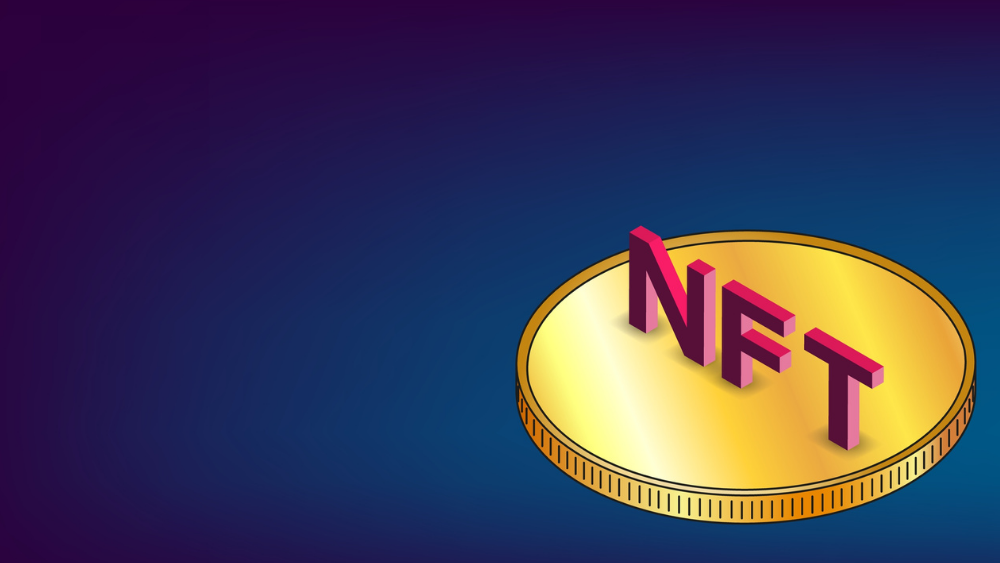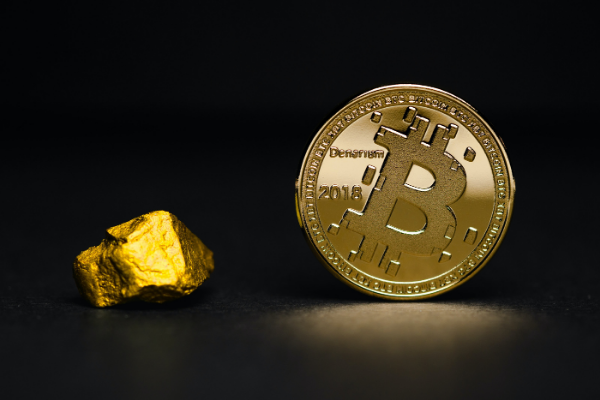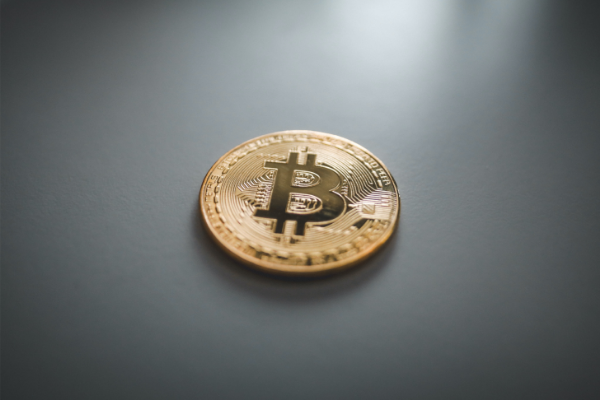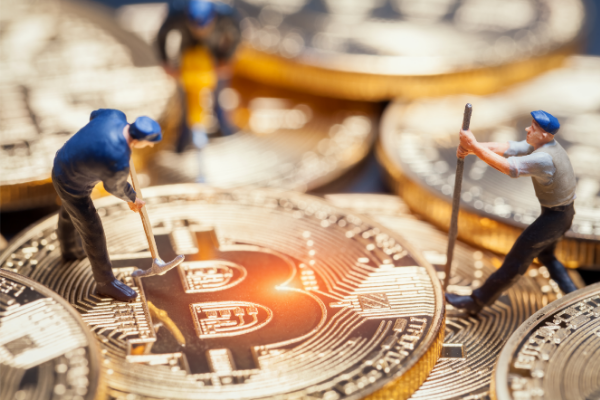Insights
INSIGHTS
All Topics
My Account
An introduction to NFTs for charities
14 May 2021by Mary Wessel
We explore non-fungible tokens, the topic that everyone is talking about but not everyone understands
Non-fungible tokens (NFTs) are a hot topic right now. In the first quarter of 2021, NFT sales reached $2 billion and Forbes claims that they could revolutionise mainstream commerce.
While the price of NFTs varies daily, many charities have benefited from the frenzy. So whether the bubble bursts or they become a mainstay, here’s some vital information to get you started on this mind-stretching concept.
What is an NFT?
NFT stands for non-fungible token. Let’s break that down. ‘Fungible’ means something that can be easily exchanged, like-for-like, for something of the same value – for example, money.
‘Non-fungible’ means something that isn’t interchangeable as it has unique properties. And a ‘non-fungible token’? Well, that’s a totally unique digital asset that lives on a secure Blockchain and certifies the ownership of virtual items.
But what is an NFT?
An NFT can essentially be anything digital. Art, music, virtual objects from video games, trading cards, videos, even tweets.
In fact, Twitter CEO, Jack Dorsey’s first tweet sold as an NFT for $2.9 million. Some might say that’s pricey for what is essentially a few lines of code, albeit with a digital signature. While others regard it as fine art, with the buyer comparing it to the Mona Lisa.
CryptoPunks were one of the first NFTs on Ethereum (the Blockchain that holds most NFTs). They first made an appearance in 2017 and now there are 10,000 unique collectible CryptoPunk characters – each 24x24, 8-bit-style pixel art images.
Originally they were free for anyone with an Ethereum wallet. In March 2021, one sold for $7.6 million.
Couldn’t you just screen grab it?
Yes and no. You could own an imitation of a Rothko, but it wouldn’t be the same as owning the original piece. Each NFT has its own signature and ownership records are held on a shared ledger, so it’s easy to track what’s been bought and sold, and for how much.
And a plus for artists is that they can attach stipulations to an NFT, meaning they get a cut of future sales – especially of benefit if the value of their work increases over time.
Why do people buy NFTs?
NFTs appeal to collectors who often have big crypto-bucks to hand.
The huge price tags are dependent on perceived value and the desire to own a one-of-a-kind item (even if it is intangible). As with any other commodity, desire inflates value – especially when the item is rare.
How are charities benefiting from NFTs?
As more and more artists, brands, and celebrities are getting on board with NFTs, charities are doing well out of the response. Many creators are donating large proportions of their profits to favoured charities. We list some example below.
Twitter CEO, Jack Dorsey’s first tweet sold as an NFT for $2.9 million. He donated the money from the sale to GiveDirectly, a non-profit organisation that supports people affected by COVID-19 living in extreme poverty in Africa and the US.
In March 2021, Mike Winkelmann (also known as Beeple) sold an NFT of his digital art for $69 million at Christie’s – the first purely digital artwork offered at the auction house. He followed that up by auctioning off a piece called ‘Ocean Front’ as part of the Carbon Drop initiative, raising $6 million for the Open Earth Foundation to combat climate change. (Like many artists, Winkelmann is concerned about the use of blockchains which are notoriously bad for the climate.)
Ellen DeGeneres auctioned off her first NFT – a selfie of her holding her stick drawing of a cat. But it doesn’t stop there. She also auctioned off a downloadable 4K video file NFT of her monologue in which she takes the selfie and explains the concept of NFTs. The auction raised a relatively modest $31,000 for the World Central Kitchen, a not-for-profit organisation that provides meals for people affected by natural disasters.
Mick Jagger collaborated with 3D artist Extraweg to create an audio-visual work based on his single, Eazy Sleazy. The NFT sold for $50,000 and the proceeds were donated to the Music Venue Trust (UK), Back Up (UK) and the National Independent Venue Association (US).
Kings of Leon released their album, When You See Yourself, as an NFT. Of the $2 million generated from sales, they donated over $500,000 to Live Nation’s Crew Nation fund to support live music crews impacted by the pandemic.
How can your charity benefit from NFTs?
If you have ambassadors on board with your charity, now could be the time to work with them to create an NFT – whatever format that might take.
Just remember that ambassadors or celebrities usually have a large following, making their creative output more desirable (than, for example, a doodle by your chief exec).
07 Mar 2025by Ioan Marc Jones
A-Z incredible fundraising ideas for charity
07 Mar 2025by Ioan Marc Jones
An A-Z glossary of service delivery terms and definitions
Our Events
Charity Digital Academy
Our courses aim, in just three hours, to enhance soft skills and hard skills, boost your knowledge of finance and artificial intelligence, and supercharge your digital capabilities. Check out some of the incredible options by clicking here.





















